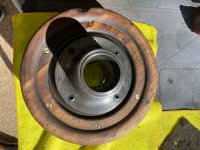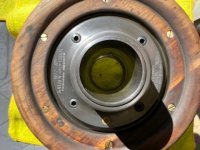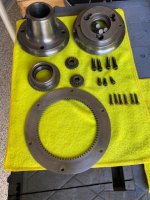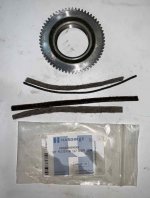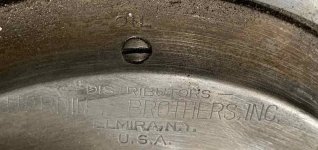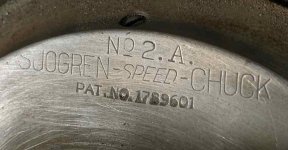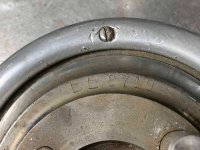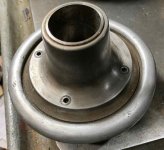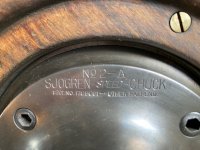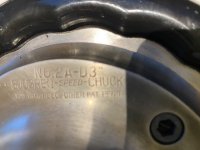I bought another collet chuck because I like taking them apart, cleaning them thoroughly and putting them back together. They work so well when they are clean. I either re-sell them or keep them to swap for something else.
Anyway, the one I bought was advertised on Ebay as a D1-3 (which it is) 2J Collet chuck (It isn't) it is a 2A collet chuck. I am not a machinist so this question WILL be stupid. The 2J collets do work (fit and tighten) in the chuck, can you use 2J collets safely in this chuck?
Anyway, the one I bought was advertised on Ebay as a D1-3 (which it is) 2J Collet chuck (It isn't) it is a 2A collet chuck. I am not a machinist so this question WILL be stupid. The 2J collets do work (fit and tighten) in the chuck, can you use 2J collets safely in this chuck?


